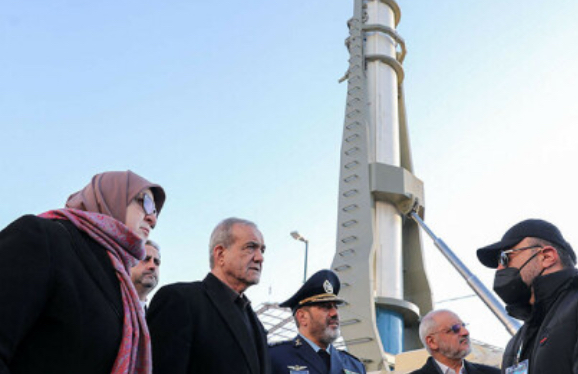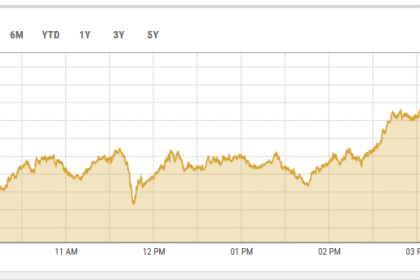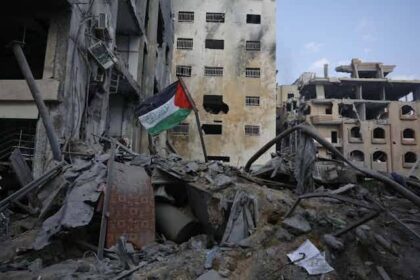Iran unveiled a new ballistic missile, named Etemad (ŌĆ£trustŌĆØ in Persian), with a claimed range of 1,700 kilometers. The missile was showcased at a Tehran ceremony attended by President Masoud Pezeshkian. State television broadcast images of the missile, highlighting its range and referring to it as ŌĆ£the most recent ballistic missileŌĆØ developed by the Iranian defense ministry.┬Ā
This development has raised concerns among Western nations, who view IranŌĆÖs advancements in ballistic missile technology as a destabilizing factor in the Middle East. The missileŌĆÖs range is sufficient to reach targets in neighboring countries, including Israel, which Iran has previously targeted.┬Ā
In addition to the missile, Iran presented three domestically produced satellites at the ceremony:
ŌĆóNavak: A communications satellite weighing approximately 34 kilograms.
ŌĆóPars-1 and Pars-2: Updated imaging satellites designed for monitoring environmental conditions, emergency situations, and urban management.
These advancements underscore IranŌĆÖs ongoing efforts to enhance its defense capabilities and space technologies.┬Ā
The unveiling occurred on IranŌĆÖs national aerospace day, just days before the 46th anniversary of the establishment of the Islamic Republic on February 10, 1979. Since the return of U.S. President Donald Trump, who pursued a ŌĆ£maximum pressureŌĆØ approach to Iran during his first term, Tehran has conducted multiple shows of force, including large-scale military exercises and the presentation of underground military bases. Additionally, Iran revealed a new model of a cruise missile called the Ghadr-380, which naval commanders claim has ŌĆ£anti-jamming capabilitiesŌĆØ and a range of more than 1,000 kilometers.┬Ā
While Iran has signaled its willingness to restart negotiations over its nuclear program, which has been a source of tension with Western countries for decades, the unveiling of these military advancements may complicate diplomatic efforts. Iran, which once sourced the majority of its military equipment from the United States, has been compelled to develop its own weaponry since the severing of ties and the imposition of sanctions following the 1979 Islamic Revolution. Having been under an arms embargo during the Iran-Iraq War (1980ŌĆō1988), Iran now possesses a substantial arsenal of domestically developed weapons, including missiles, air defense systems, and drones.┬Ā
















